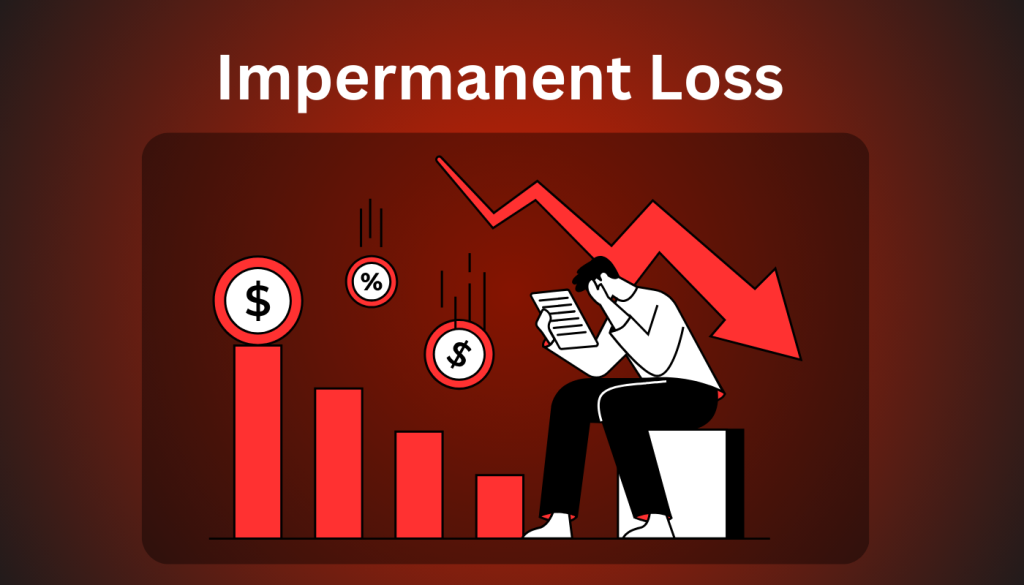Understanding Impermanent Loss in DeFi
As decentralized finance (DeFi) continues to grow, more traders and investors are exploring ways to generate passive income through liquidity provision. However, one of the biggest challenges liquidity providers (LPs) face is impermanent loss, a phenomenon that can reduce their expected returns when providing liquidity to automated market makers (AMMs).
Impermanent loss occurs when the value of assets deposited in a liquidity pool changes relative to simply holding those assets in a wallet. This results in a potential shortfall in returns compared to what an investor would have earned by HODLing instead of staking their assets. While liquidity mining and yield farming can offer lucrative rewards, understanding and mitigating impermanent loss is essential for maximizing profits in DeFi.
If you’re looking to optimize your trading strategy, understand market trends, and avoid common DeFi pitfalls, EPIQ Trading Floor provides exclusive trade signals, live coaching, and members-only insights. Use code “BLOG” at checkout for 10% off and try our risk-free 3-day trial—cancel anytime within 72 hours without being charged. Join Now.
How Liquidity Pools Work
To understand impermanent loss, it’s crucial to grasp how liquidity pools operate. Unlike traditional order book exchanges, decentralized exchanges (DEXs) use automated market makers (AMMs) to facilitate trades. Liquidity pools consist of token pairs, such as ETH/USDT or BTC/DAI, and users supply assets to these pools to earn a portion of the trading fees.
When a trade is executed, the AMM adjusts the price based on the ratio of assets in the pool, using a formula like the constant product market maker model (x * y = k). This mechanism keeps prices balanced but can lead to impermanent loss when asset prices fluctuate.
What Causes Impermanent Loss?
Impermanent loss occurs when the price of deposited assets changes significantly compared to their initial value when deposited. If one asset in the pair appreciates significantly while the other remains stable, the pool automatically rebalances the ratio, causing the LP to hold a larger proportion of the underperforming asset.
For example, if a user deposits 1 ETH ($2,000) and 2,000 USDT ($2,000) into a liquidity pool, they initially have a 50/50 balance worth $4,000. If ETH rises to $3,000, the pool’s automated system adjusts to maintain equilibrium. As a result, the user may now hold 0.8 ETH and 2,400 USDT instead of their original 1 ETH. If they withdraw their liquidity at this point, their total holdings might be worth less than simply holding the original assets outside the pool.

Calculating Impermanent Loss
Impermanent loss is quantified using a formula based on the ratio between the old and new asset prices. The more significant the price divergence, the higher the impermanent loss. Although liquidity providers earn transaction fees from trades, these fees must offset the potential loss for liquidity mining to remain profitable.
Many DeFi projects offer additional yield incentives to counteract impermanent loss, such as staking rewards, liquidity mining programs, and governance tokens. However, traders must assess whether the added incentives outweigh the potential risk.
How to Mitigate Impermanent Loss
While impermanent loss is unavoidable in AMM-based systems, there are several strategies to reduce its impact:
- Providing Liquidity in Stablecoin Pools: Since stablecoins like USDT, USDC, and DAI have minimal price fluctuations, impermanent loss is significantly lower in stablecoin-to-stablecoin pairs.
- Selecting Low-Volatility Pairs: Choosing assets with similar price movements (e.g., wBTC and BTC) reduces the risk of dramatic price swings.
- Earning Yield Through Staking Rewards: Some platforms incentivize liquidity provision with native tokens or additional rewards, which can help offset impermanent loss.
- Using Impermanent Loss Protection Protocols: Platforms like Bancor and Thorchain offer mechanisms to insure LPs against impermanent loss, ensuring they receive the full value of their deposits upon withdrawal.
- Monitoring Market Conditions: Keeping an eye on macro trends, whale activity, and trading volume can help LPs decide when to enter or exit a liquidity pool.
Is Providing Liquidity Worth the Risk?
The decision to provide liquidity in DeFi depends on your risk tolerance, investment horizon, and market conditions. If transaction fees and yield farming rewards outweigh the potential impermanent loss, it may be a profitable endeavor. However, if market conditions are highly volatile, LPs may be better off holding their assets or staking them in a more stable environment.
Understanding impermanent loss is crucial for anyone looking to profit from liquidity pools and DeFi farming. Advanced traders use hedging strategies, cross-chain liquidity solutions, and automated portfolio management to optimize their returns.

Final Thoughts
DeFi liquidity provision can be a lucrative passive income strategy, but impermanent loss remains a key risk that every LP must consider. By choosing low-volatility pairs, utilizing impermanent loss protection, and leveraging staking incentives, traders can improve their profitability while minimizing downside risks.
For traders who want to stay ahead of the market and leverage expert insights, real-time trade signals, and professional coaching, EPIQ Trading Floor provides a members-only app with exclusive trading resources.
✅ Live trade signals and expert coaching
✅ Access to professional trading strategies
✅ Members-only livestreams and market updates
✅ Discounted one-on-one coaching sessions
Use code “BLOG” at checkout for 10% off and start your risk-free 3-day trial today. Cancel anytime within 72 hours without being charged.
Disclaimer
This content is for educational purposes only and should not be considered financial advice. DeFi investments involve risk, and past performance does not guarantee future results. Always conduct your own research before providing liquidity or investing in digital assets.










Responses